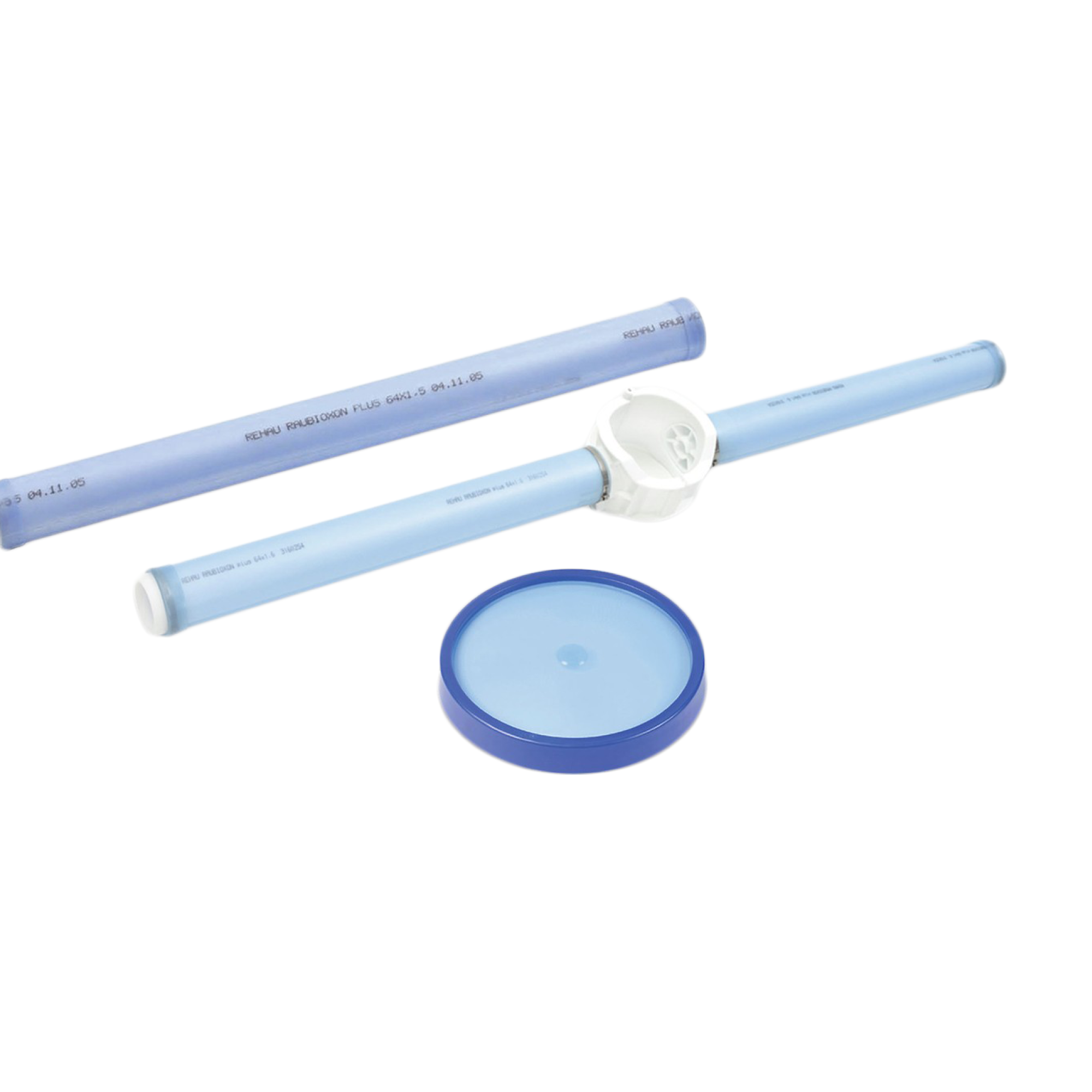Aerators
Types of Aerators:
- Surface Aerators: Mix air into water at the surface by creating splashes or agitation.
- Diffused Aerators: Release air through perforated membranes or diffusers, creating fine bubbles for efficient oxygen transfer.
- Jet Aerators: Combine air and liquid in a mixing chamber before discharging into the water.
- Fountain Aerators: Combine aeration with aesthetic water features, often used in ponds and lakes.
Aerators are essential in applications like treating wastewater, maintaining healthy aquatic environments, and enhancing the usability of water resources.
Enhancing water quality through aeration
Effective water aeration plays a crucial role in maintaining the ecological balance of various water bodies across Singapore. By increasing dissolved oxygen levels, water aerators prevent the formation of harmful anaerobic conditions that can lead to unpleasant odours and the buildup of toxic substances. This is especially important in urban environments where water bodies are more susceptible to pollution and stagnation.
At Winston Engineering, we provide advanced water aeration solutions tailored to meet the diverse needs of industries throughout Singapore. Our high-quality aerators ensure optimal oxygen transfer efficiency, durability, and energy savings. Whether you require equipment for wastewater treatment plants, fish farms, or decorative water features, our range of water aerators is designed to enhance water quality while supporting sustainable environmental management.
FAQ
Why should I invest in a high-efficiency aerator system for the long term?
While premium systems may have a higher initial capital expenditure (CapEx), your true Return on Investment (ROI) comes from minimised operational expenses (OpEx).
Industrial aeration is extremely energy-intensive, often accounting for 50–80% of a wastewater treatment plant's total energy consumption.
- ROI on Energy Efficiency: Modern, high-efficiency equipment (like fine bubble diffusers or Variable Frequency Drive (VFD)-controlled blowers) can reduce energy consumption by 30% to 35% compared to older, inefficient models. This operational saving often allows the system to pay for itself within a few years.
- Downtime vs. Lifecycle Cost: Cheaper aerators are prone to mechanical failure or decreased Oxygen Transfer Efficiency (OTE) due to fouling, leading to unplanned downtime. Choosing robust, reliable systems designed for continuous industrial use means lower lifecycle costs, reduced repair labour, and protection against costly plant shutdowns.
Where are Winston Engineering's industrial aerators in Singapore most commonly deployed?
Our industrial aerators in Singapore and across Southeast Asia are critical components in facilities that generate high volumes of wastewater, requiring strict pre-treatment or full treatment before discharge.
Key sectors include:
- Food & Beverage (F&B) and Palm Oil Mills: For pre-treating high-BOD effluent from processing and manufacturing.
- Municipal and Industrial Wastewater Treatment Plants (WWTPs): Core aeration basins for activated sludge processes.
- Aquaculture and Commercial Fish Farms: Ensuring high, consistent DO levels to maintain fish health, yield, and density—directly impacting profitability.
- Industrial Cooling Ponds and Lagoons: Maintaining water quality and preventing algae growth.
When is the optimal time to perform maintenance on an industrial aeration system?
The optimal time is always preemptive, never reactive. A robust Preventive Maintenance Program (PPM) is essential to minimise critical downtime.
We recommend a scheduled inspection and maintenance regime every 6 to 12 months for critical components.
- Preventative Checks: Focus on components that degrade performance:
- Diffusers: Inspect for fouling or clogging, which increases blower backpressure and dramatically lowers efficiency.
- Blowers: Check filters, lubricate bearings, and monitor vibration/pressure levels for signs of premature wear.
- Downtime Advantage: Many modern submersible aerators are designed to be lifted out of the basin for servicing without requiring the facility to drain the entire tank or interrupt the overall treatment flow, dramatically cutting maintenance downtime from days to hours.
Who is responsible for monitoring the dissolved oxygen (DO) levels, and can the system auto-adjust?
The facility's operations team is responsible for daily monitoring, but the system itself should be equipped to manage the process automatically.
Modern industrial aeration systems are increasingly integrating smart controls and IoT sensors. Winston Engineering's recommended systems typically include:
- Real-Time DO Probes: These sensors provide continuous, accurate DO readings.
- Automated Blowers (VFD Control): The controller uses the DO probe data to automatically ramp the blower speed up or down via the VFD.
This automation ensures oxygen is supplied only when and where it is needed, optimising power consumption and preventing human error, thereby guaranteeing consistent compliance without manual 24/7 oversight.


